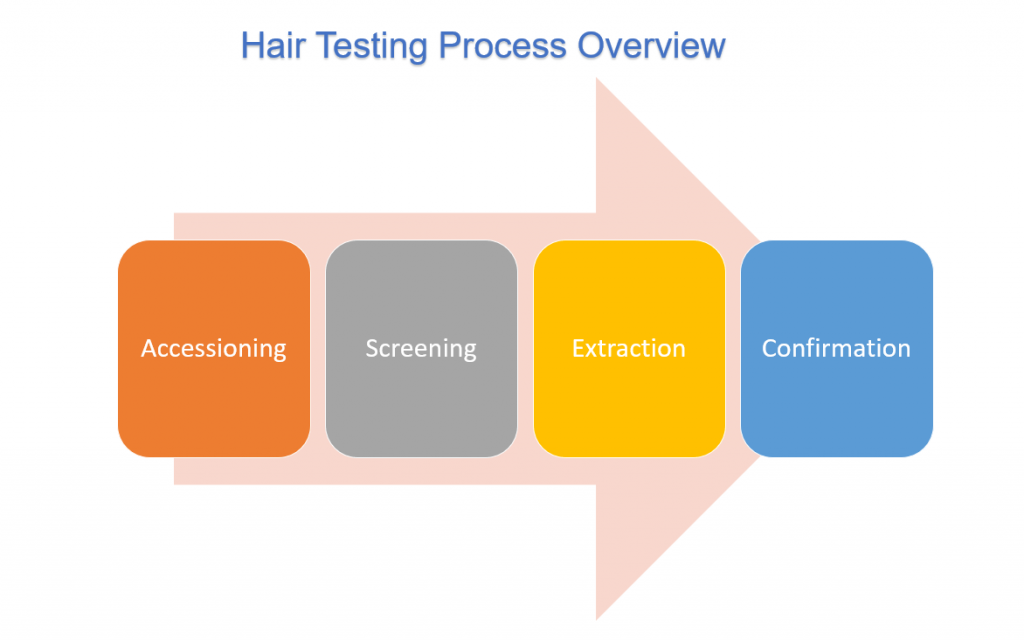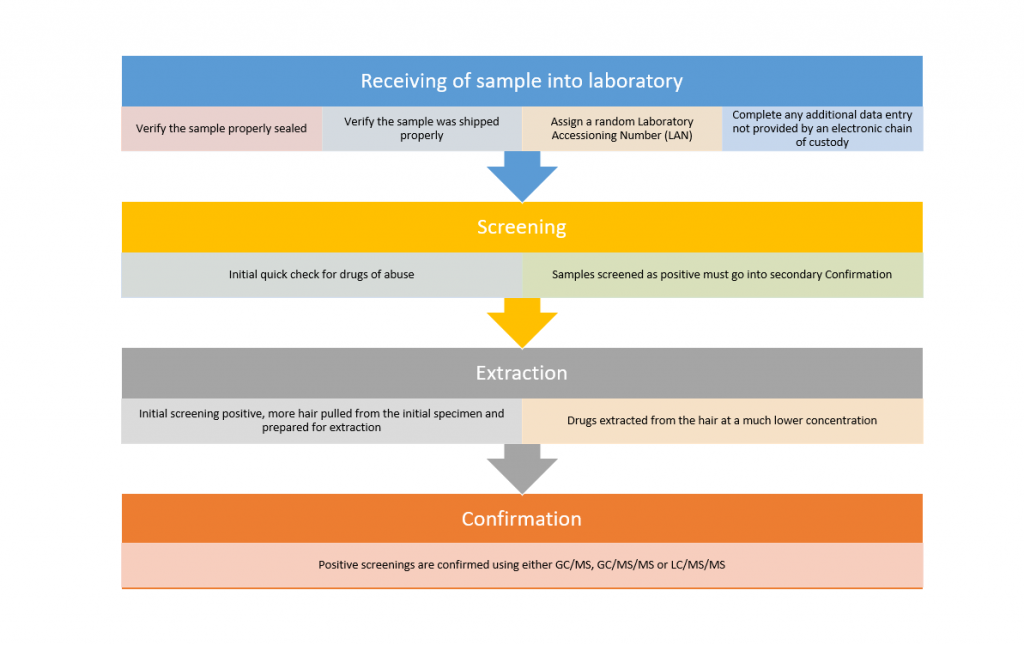Hair Drug Testing Lonerock, OR

Schedule your hair drug test at our Lonerock, OR drug testing centers. Employment, court ordered. Same day service. Call us today (800) 977-8664 or schedule online. Smart Drug Testing provides Lonerock Oregon hair drug testing with a detection period up to 90 days. Our Lonerock Oregon testing centers are within minutes of your home or office.
Have questions? We can help! Getting a hair drug test can be quite intimidating. We can answer all your questions. In recent years, the method to conduct drug testing has more frequently included a hair drug test. Many employers, courts and Substance Abuse Professionals are requiring a hair drug test instead of a standard urine test.
Schedule Your Hair Drug Test Today
-
Hair Follicle Drug Tests
5 Panel Hair Follicle
Standard 5 Panel Hair Follicle Drug Test.
$139.99 Order Now -
Hair Follicle Drug Tests
5 Panel Hair Follicle + Exp. Opiates
Standard 5 Panel Hair Follicle Drug Test with Expanded Opiate testing.
$189.99 Order Now -
Hair Follicle Drug Tests
10 Panel Hair Follicle Drug Test
Standard 10 Panel Hair Follicle Drug Test.
$239.99 Order Now -
Hair Follicle Drug Tests
10 Panel Hair + Exp. Opiates
Standard 10 Panel Hair Follicle Drug Test with Expanded Opiate Testing.
$289.99 Order Now -
Hair Follicle Drug Tests
12 Panel Hair (Comprehensive)
A 12 Panel Hair Follicle Drug Test including Expanded Opiate Testing.
$339.99 Order Now -
Hair Follicle Drug Tests
Hair Follicle ETG (Alcohol)
Hair ETG Test with 90 day detection period. (appointment may be required)
$349.99 Order Now -
Hair Follicle Drug Tests
10 Panel + ETG (Alcohol)
Standard 10 Panel Hair Follicle Drug Test with ETG Alcohol testing.
$499.99 Order Now -
Hair Follicle Drug Tests
5 Panel Hair + ETG Alcohol
Standard 5 Panel Hair Follicle Drug Test with Alcohol Testing included.
$399.99 Order Now
Hair drug tests are used by employers who have zero tolerance drug use policies, courts and individuals on probation. The primary advantage of a hair drug test is that it includes a much longer detection period for drug use which typically is up to 90 days. However, when screening for drug use within the last 5 days the urine test continues to be the most accurate test.
Hair drug testing is the only method available that provides up to a 90-day look back period for drug use. Data has shown that hair drug testing provides almost twice the number of positives because of its longer window of detection (look back period). If a donor has no hair on their body, then a hair test cannot be performed!
What is the Process for a Hair Drug Test?
FAQ's About Hair Drug Testing
What Drugs are Screened for in a Hair Test?
5 Panel Hair Follicle Drug Test
The 5-panel hair follicle drug test screens for the following
- Amphetamine
- Cocaine
- Marijuana
- Opiates
- Phencyclidine (PCP)
5 Panel w/ Expanded Opiates Hair Follicle Drug Test
The 5-panel w/ expanded Opiates hair drug test screens for the standard 5 drugs but will also screen for Opiate class drugs such as pain killers, which may indicate abuse of prescription drugs.
- Amphetamines (amphetamine, methamphetamine, MDMA, MDA)
- Cocaine (metabolite)
- Marijuana (THC)
- Phencyclidine (PCP)
- Opiates (Codeine Morphine Hydrocodone Heroin (6-monoacetylmorphine (6-AM)
- Expanded Opiates Hydrocodone Hydromorphone Oxycodone Oxymorphone
Introduction to Lonerock
Lonerock is a city in Gilliam County, Oregon, United States. The population was 21 at the 2010 census.
Lonerock was founded in 1881 as a service center for the surrounding ranches. It was named for an unusual, 35-foot (11 m)-high lone rock which still stands in the town near the old Methodist church. The city's population grew from 68 in 1900 to 70 in 1910, 73 in 1920 and then to a high of 82 in 1930. By the 1940 census, Lonerock's population dwindled to 46, and continued to drop to 38 in 1950, 31 in 1960, and then bottomed out to 12 residents in 1970. The city grew to 26 citizens in 1980, before falling to 11 in the 1990 census. Lonerock is a small town in Gilliam County, Oregon, about 19 miles from Condon. Lonerock got its name from the giant rock that can be found on the outer edge of the small town. The first settlers came to Lonerock in 1871, looking for a place to homestead (Thouvenel, Palmer, 2: 10). After a few years, a handful of homesteaders had begun to plant roots in the small valley community. Lonerock had become a popular landing spot for these journeymen because of the small stream and abundance of bunch grass growing in the area. This area was also popular with the big game and provided the homesteaders an opportunity to hunt for their families’ food. Many of these first settlers planted crops and raised various types of livestock to survive. However, in 1874, a homesteader by the name of Edward Wineland built a sawmill, powered by a water wheel in the stream. This gave Lonerock a great opportunity to grow and prosper as a community (2: 12) -- which is exactly what the community did, signified by the post office that was built in November of the very next year (2: 13). However, in the year 1878, Lonerock began to have struggles with the Indians in the area, causing many of settlers to flee to The Dalles, while the remaining members of the community gathered together in the most fortified settlement, for protection (2: 10). With the help of some of the friendly tribe members and the U.S. Army, the hostile Indians were pushed back into Idaho territory (2: 10). Even this conflict could not prevent the determined Lonerock community from officially establishing itself as a town. By the year 1882, their hard work and patience had paid off as they became one of the first towns of Gilliam County, Oregon (Thouvenel, Palmer, 1: 6). With this new-found township still inspiring the community, they elected the first and current postmaster and banker, R.G. Robinson to the position of Mayor (1: 6). By the year 1888, the Lonerock community had grown to the point that building a school had become a logical improvement that they wanted to make (1: 6). The school was merely a humble two-story building, but community proudly educated all twelve grades (1: 6). The school's final graduation was in 1932, and by the end of the next thirty years the school had closed down completely (1:6). Ten years later, Reverend Deuse joined the community and built a Methodist church that held weekly services for many years. This church still stands and occasionally holds services to this day (1: 6). The small white church has become as iconic to the Lonerock community, as the rock itself. In July 1896, the town was almost wiped out by fire. The entire business portion burned and left only a few dwellings on the outskirts of town. It was reported that a small boy with a pocket full of matches started the blaze With the turn of the century, Lonerock’s population had grown greatly, with new citizens arriving and with multiple businesses operating within the city limits (1: 6). Many of the surrounding homesteads had become successful ranches and farms that occupied thousands of acres on the surrounding hillsides. Over the years, the members of the Lonerock community began to develop a culture that enjoyed various community activities. Some of these activities included hunting, (which had taken on the form of a sport in contrast to being a main source of food,) fishing, and sledding in the winter seasons. The citizens of Lonerock even organized their own rodeo, which they hosted every year right down the middle of Main Street. This became a popular event, attracting participants and spectators from the surrounding area. By the 1920s, rodeos in the surrounding areas grew larger and Lonerock’s annual rodeo was no longer the popular event that is once was, so in 1934, the final Main Street rodeo was held (Hardie, 2014). Sadly, the success and growth of Lonerock was not everlasting; as the sawmill and many jobs moved to the larger nearby towns we see the citizens follow.
From 1930 to 1940, the population was nearly cut in half. This decrease was very hard on the town and reduced its economy dramatically. Within a short time- the only in town employers were agricultural farms and ranches, while the rest of the citizens were comfortably retired. This economic and cultural balance has continued to the present day.
We also offer 9, 12,14 and 17 panel hair tests. For more information on hair testing or to order a hair drug test in Lonerock, OR, call Smart Drug Testing at 800-977-8664 or pick your test below.
Hair Drug Testing Locations in Lonerock OR
(Don't see a location near you? Call us (800) 977-8664)











